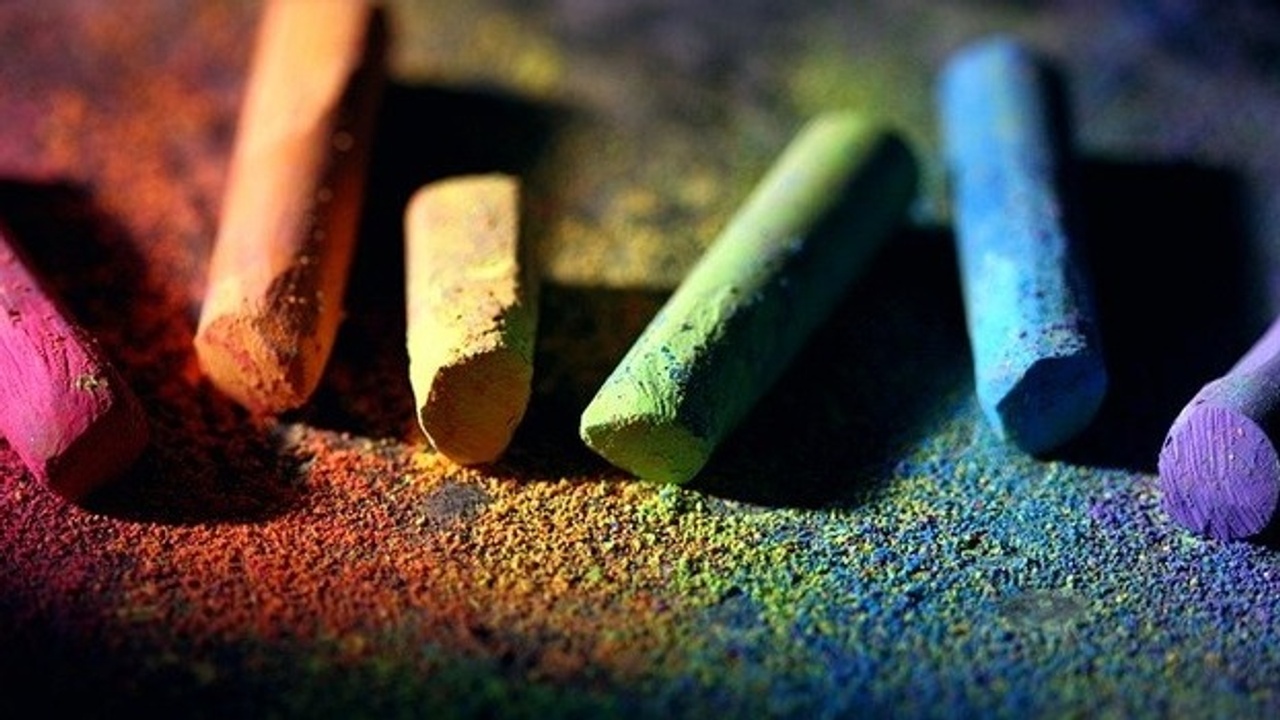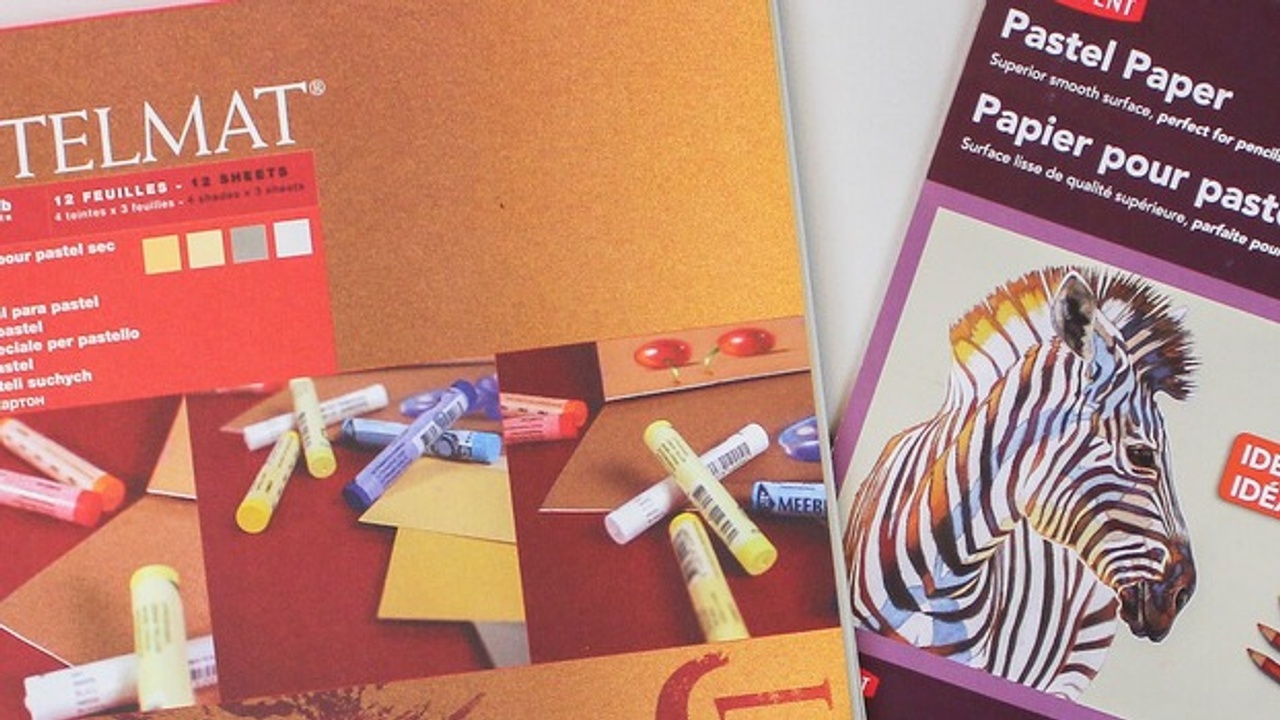Welcome to the Draw Awesome Blog!
Free In-Depth Drawing Lessons & Tips to Make You a Better Artist
Subscribe to the BlogBy Bob Davies
Introduction
So you’ve just completed that latest minor masterpiece and you’re really rather pleased with it.
Other people like it too and although you modestly shrug off the compliments in public, you have that warm inner glow of of a job well done and on the quiet, you’re actually...
Pastels create dust and, when inhaled, there are some concerns amongst the artist community that it can be harmful.
The worry is that dust particles can settle in the respiratory system and, over time, potentially cause problems. Some pigments may also be toxic (as is the case with other mediums su...
By Bob Davies
If you apply watercolour paint (or water) to a dry sheet of paper, it will expand where it's wet and you end up with paper that is warped and buckled, instead of nice and flat.
It's impossible to paint on printer or copier paper for this reason - look at the photo below to see what h...
By Bob Davies
So you're fed up working with your paper or canvas flat on the kitchen table because it hurts your back leaning over it, whether you're standing or sitting?
And you're trying to work in your own shadow?
Or you're in full flow but then have to move everything as the table needs to be...
This guide covers the different types of pastels available and which ones you might want to consider starting with. I’m assuming you’re either a newcomer or early on in your pastel painting adventure and my aim is to save you from lots of tedious research and wasted money on equipment you don’t need...
Surface choices in most mediums are so varied nowadays that it can become a bit overwhelming. Pastel papers and surfaces are no exception!
Fortunately, we can simplify things a lot by looking at the main categories and skimming over the more obscure or expensive that I wouldn’t recommend for beginn...
Improve Your Drawing Skills with Free, In-Depth Drawing Lessons
If you'd like to get an email whenever I publish a free lesson, add your name and email below...
I will never send you spam or pass on your email address






